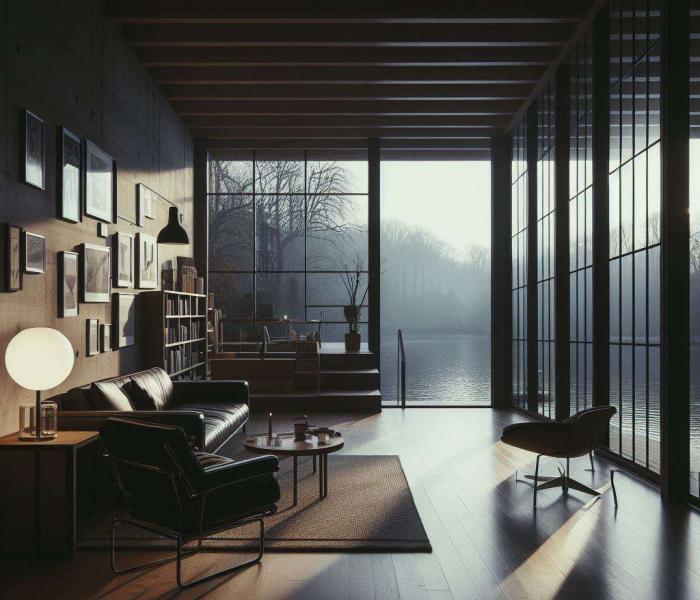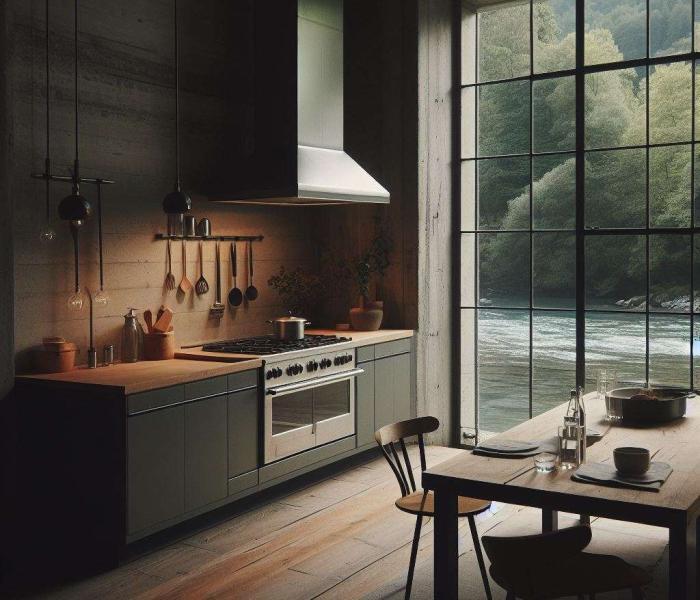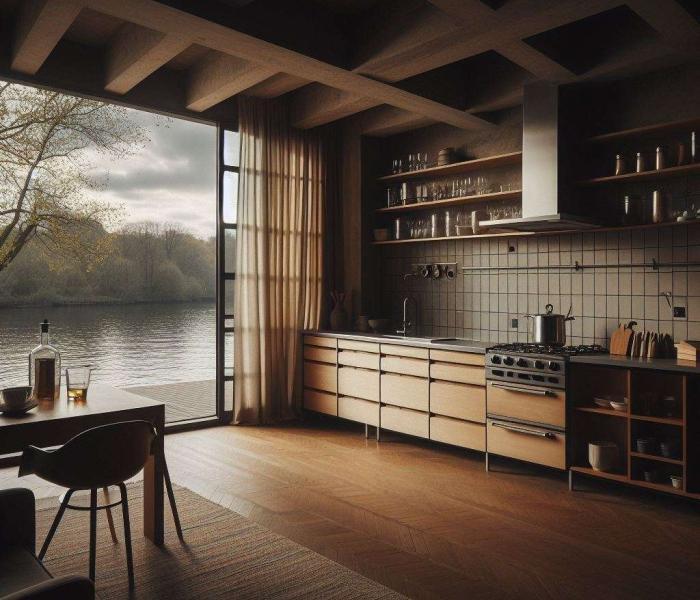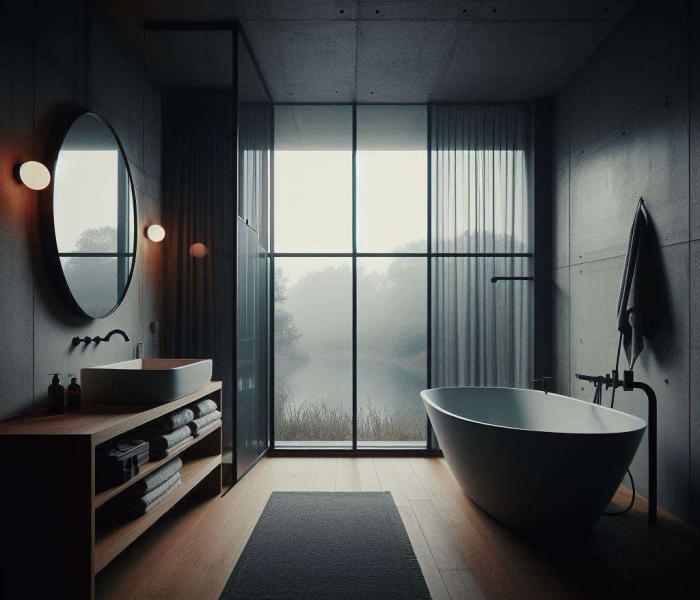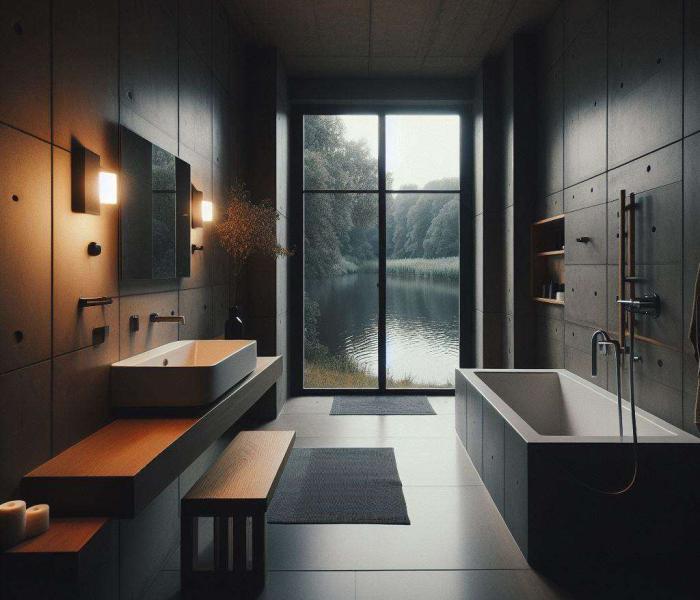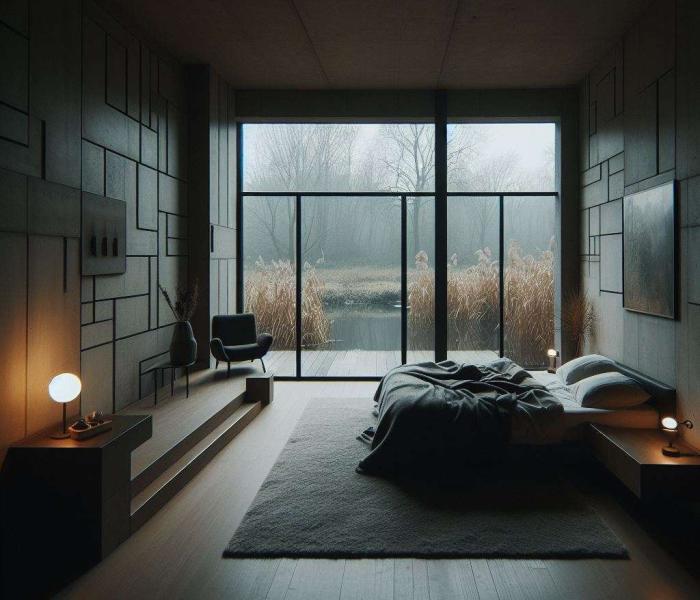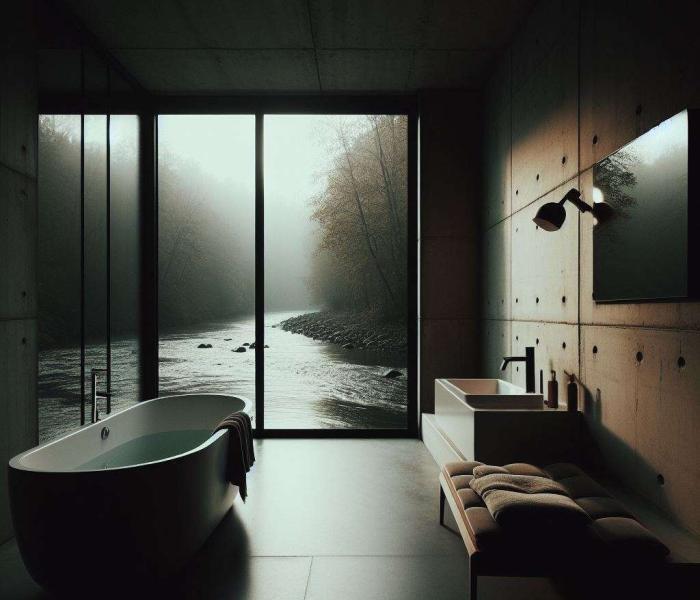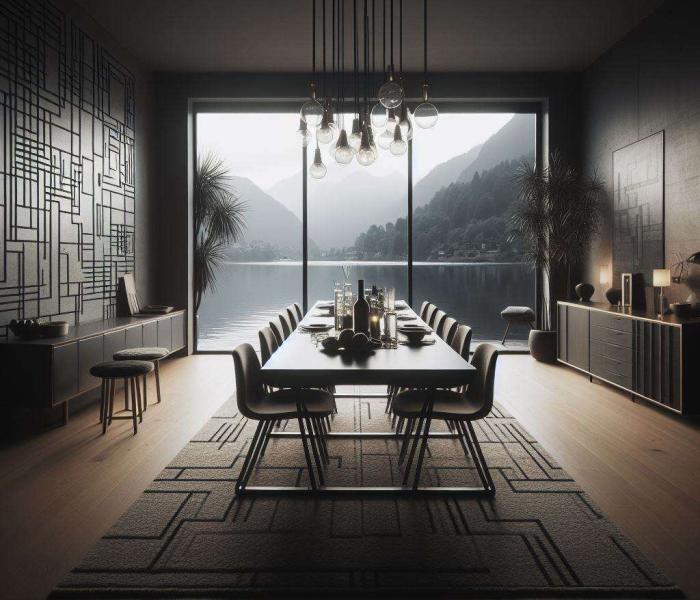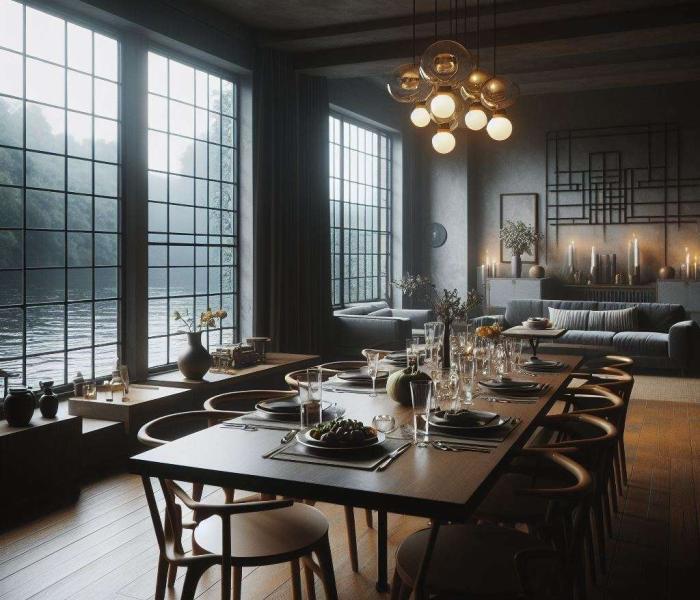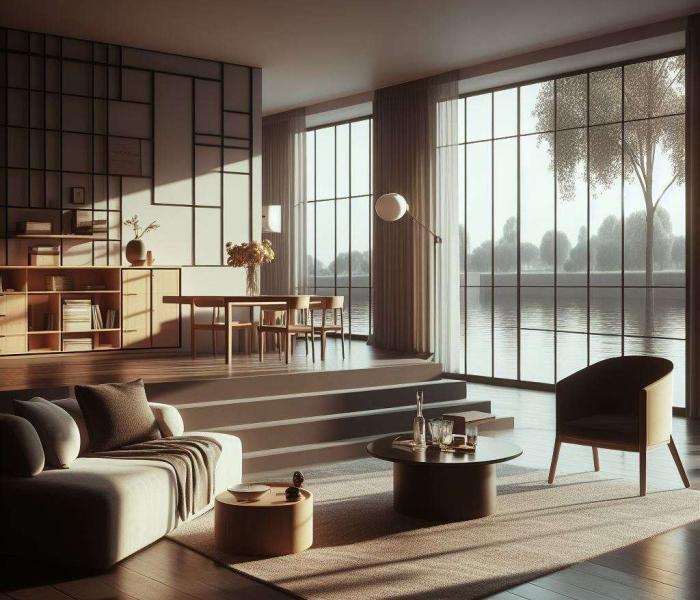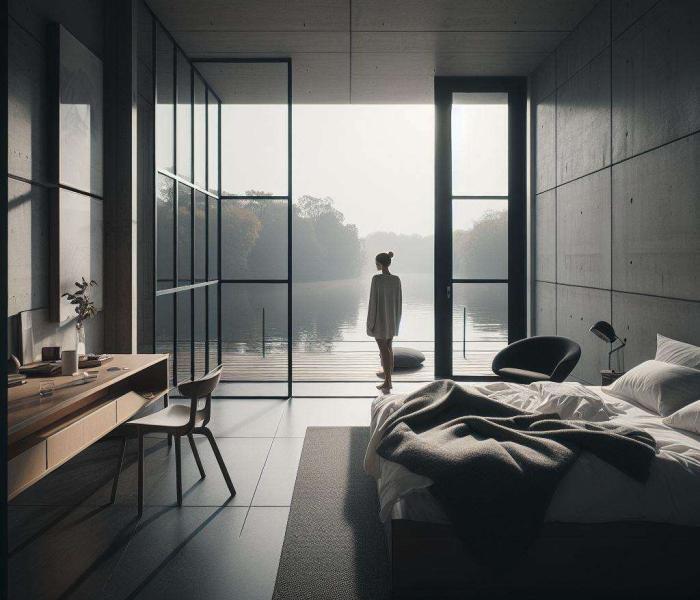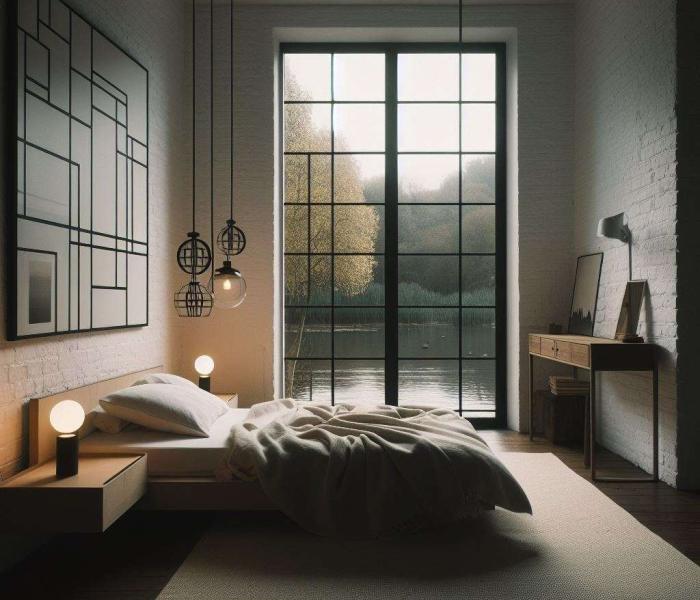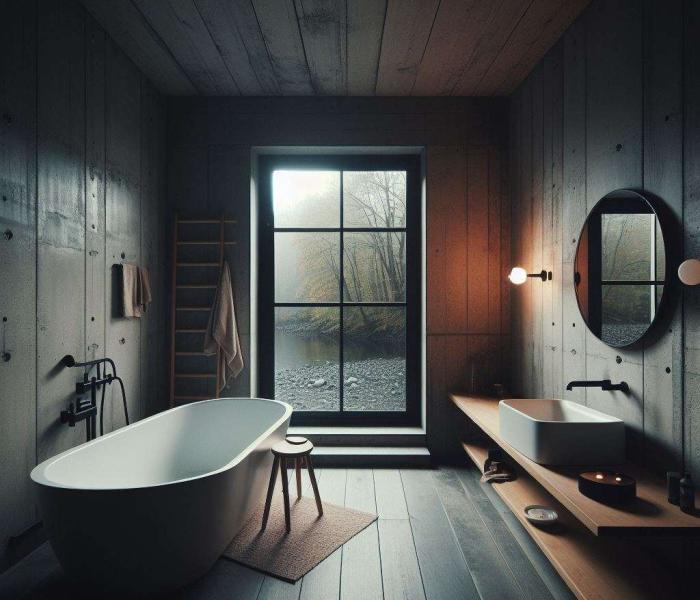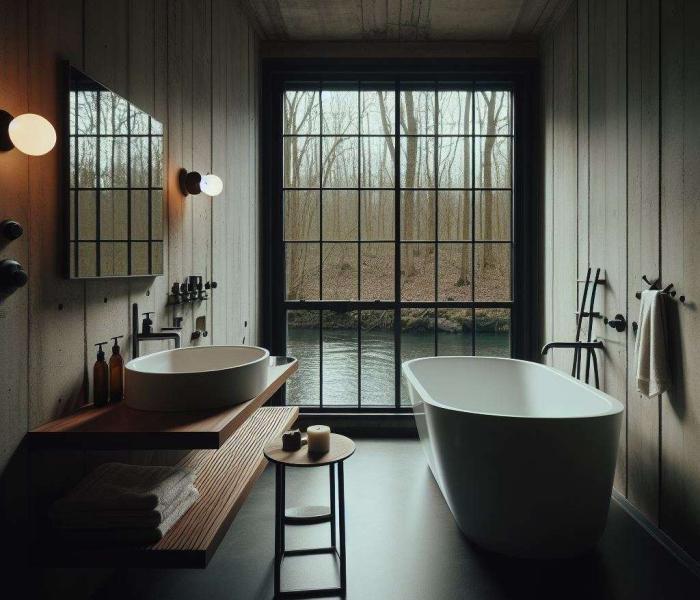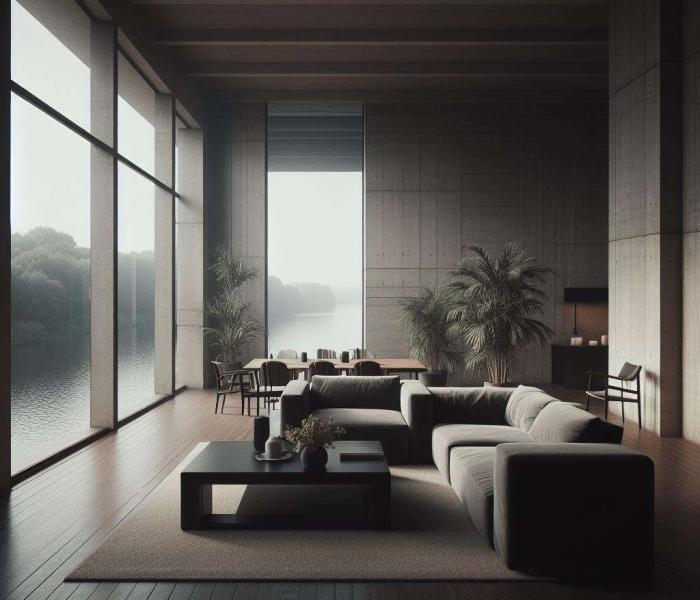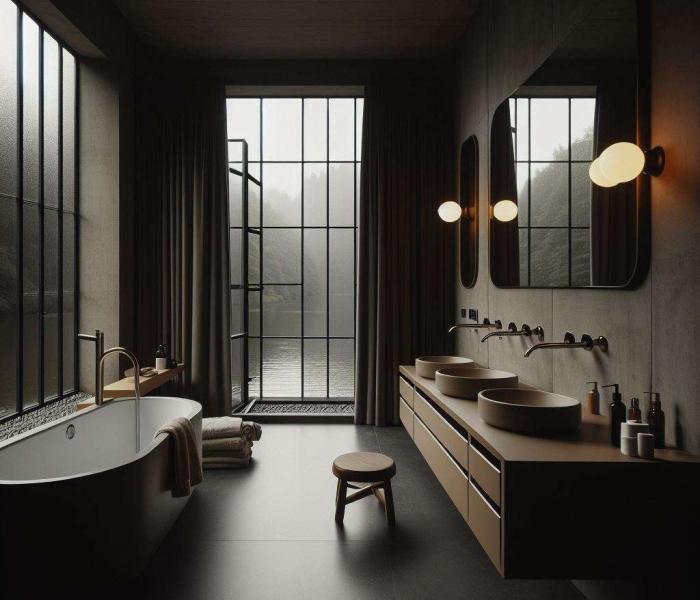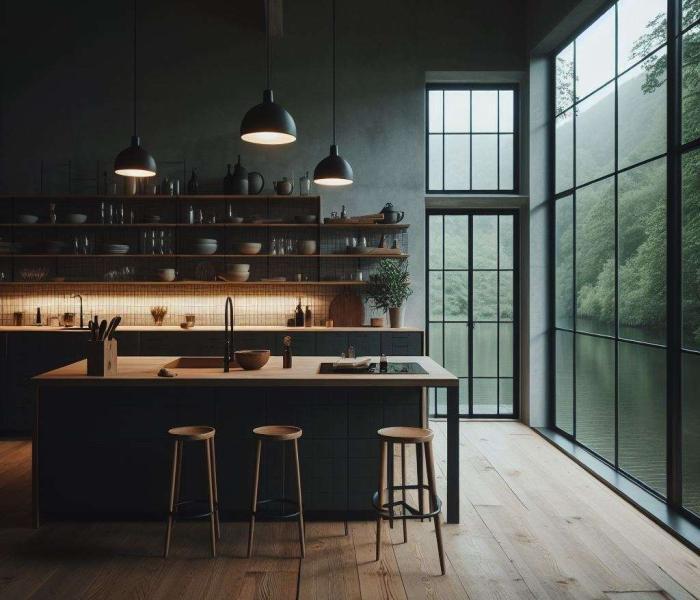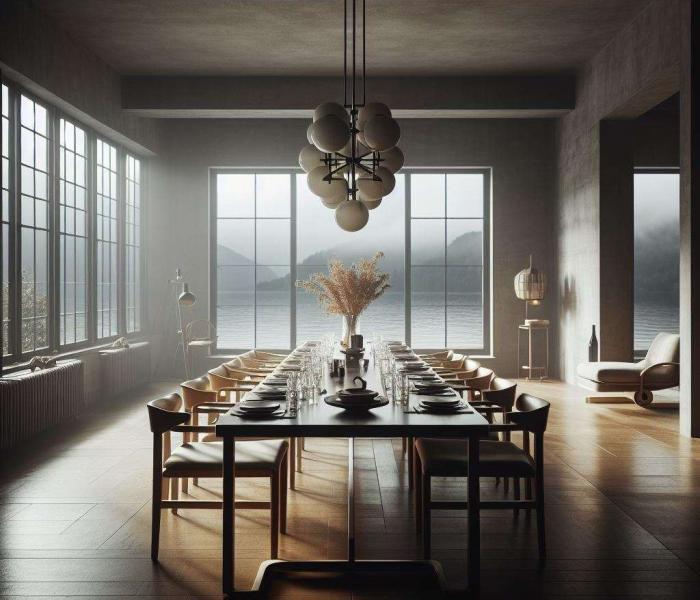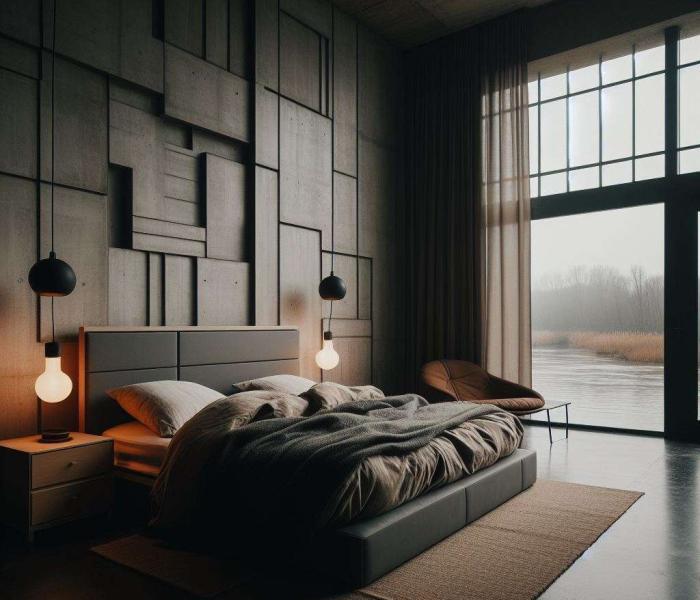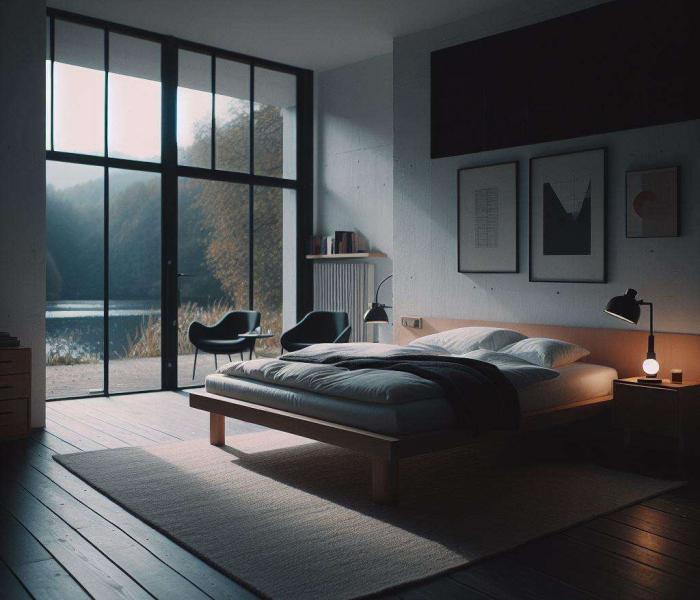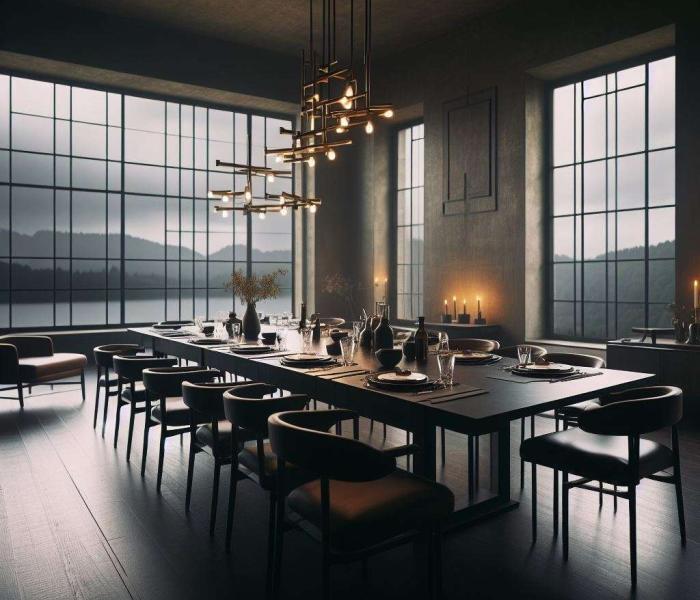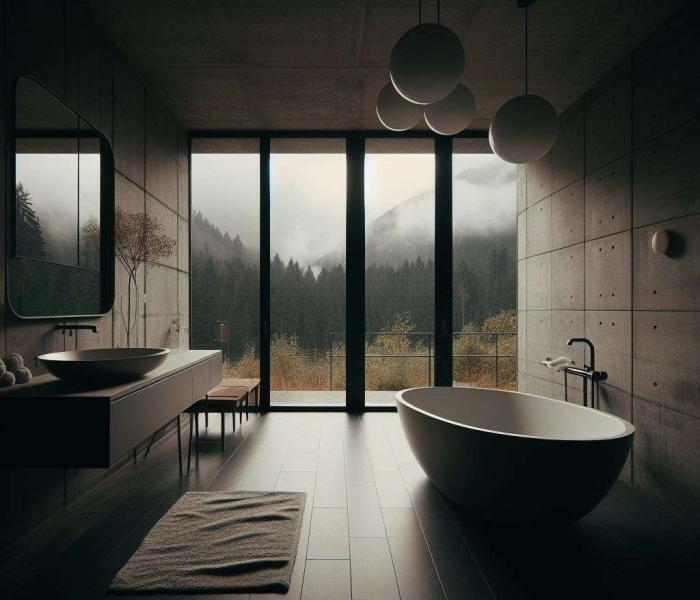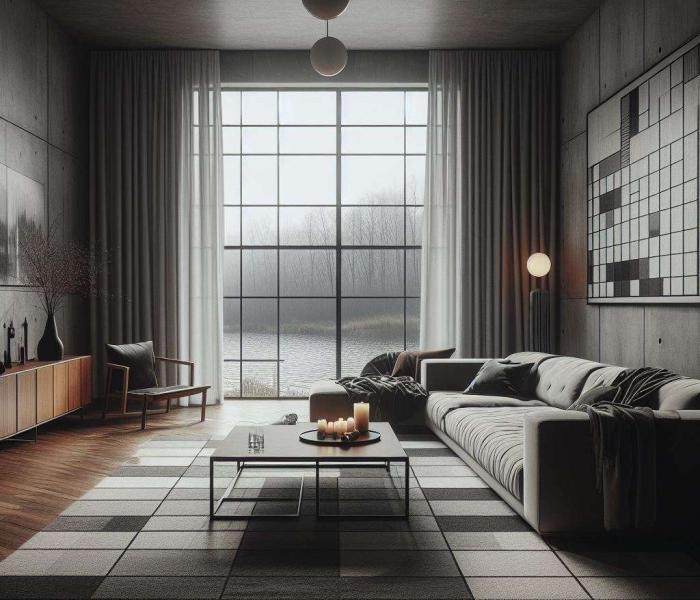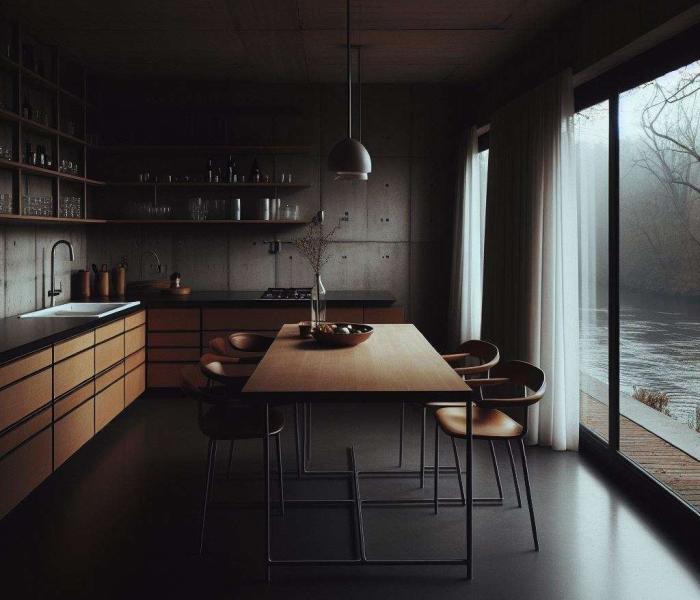AI Based Design
Bauhaus Design
The Bauhaus design style, which originated in Germany in the 1920s, is a pioneering movement that continues to exert a significant influence on modern architecture and design today. Founded as a school of art, design, and architecture, the Bauhaus strived to unite arts and crafts to create functional, aesthetic, and accessible designs.
A characteristic feature of the Bauhaus style is its functionality and rationality. The design is focused on meeting the needs of modern life without sacrificing aesthetic quality. Form follows function is a central principle of the Bauhaus, which means that the design of an object should be derived from its function.
Another important feature of Bauhaus design is its clarity and simplicity. The forms are often geometric and reduced, without superfluous ornamentation or embellishment. This minimalist approach helps to create a timeless aesthetic that stands out for its clean lines and proportions.
The use of industrial materials such as steel, glass and concrete is also typical of the Bauhaus style. These materials were used in innovative ways to create modern and innovative designs that reflected the possibilities of the technology of the time.
In terms of color, the Bauhaus style is often characterized by a restrained palette consisting mainly of neutral colors such as white, black, gray and beige. These colors are often complemented by bold primary colors such as red, yellow, and blue, which are used as accent colors to create tension and contrast.
The Bauhaus style had a huge impact on all areas of design, from architecture and interior design to graphic design and furniture design. His principles of functionality, rationality, and clarity helped lay the foundation for modern design aesthetics, and his ideas and concepts are still appreciated and applied in contemporary design today.
Overall, the Bauhaus style is a significant milestone in the history of design, known for its innovative approach, clean aesthetics and timeless elegance. His ideas and principles have had a lasting impact on the design world and will continue to play an important role in the future.
What are important design features in Bauhaus design?
Important design features of Bauhaus design are:
- Functionality: A central principle of Bauhaus design is the emphasis on functionality. Shapes should derive from the function of the object, and the design should be geared towards meeting the needs of modern life.
- Minimalism: Bauhaus design is known for its minimalist aesthetics. Superfluous ornaments and ornaments are dispensed with, and the forms are often geometric and reduced. This simplicity helps to create a clean and timeless aesthetic.
- Clarity and order: Bauhaus design is characterized by its clean lines and neat design. The proportions are balanced, and the design is focused on creating a visual harmony.
- Industrial materials: Bauhaus design often uses industrial materials such as steel, glass, and concrete. These materials were used in innovative ways to create modern and functional designs that reflected the possibilities of the technology of the time.
- Experimental approaches: The Bauhaus was a school of art, design, and architecture that encouraged exploring and experimenting with new avenues in design. This led to innovative and avant-garde designs that pushed the boundaries of traditional design.
- Integration of Arts and Crafts: The Bauhaus aspired to unite arts and crafts to create high-quality and accessible designs. Emphasis was placed on the quality of the craftsmanship of the objects, and students were encouraged to develop both artistic and craft skills.
These design features shape the unique character of Bauhaus design and have had a lasting influence on modern design aesthetics. The principles of Bauhaus design – functionality, minimalism, clarity and order – are still relevant today and are applied in many areas of design.
